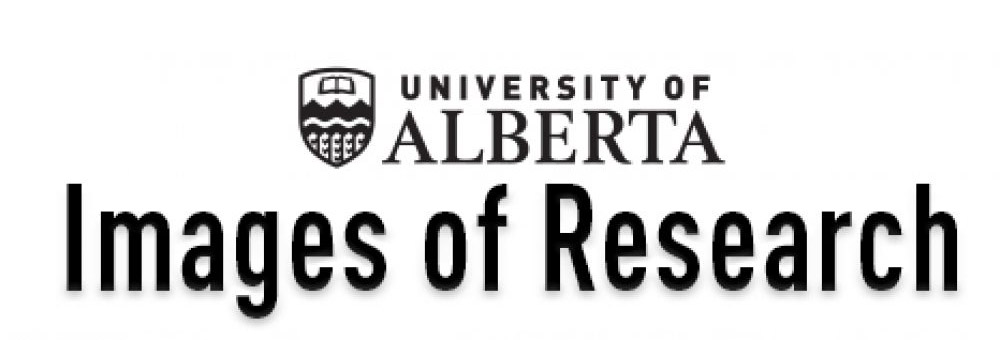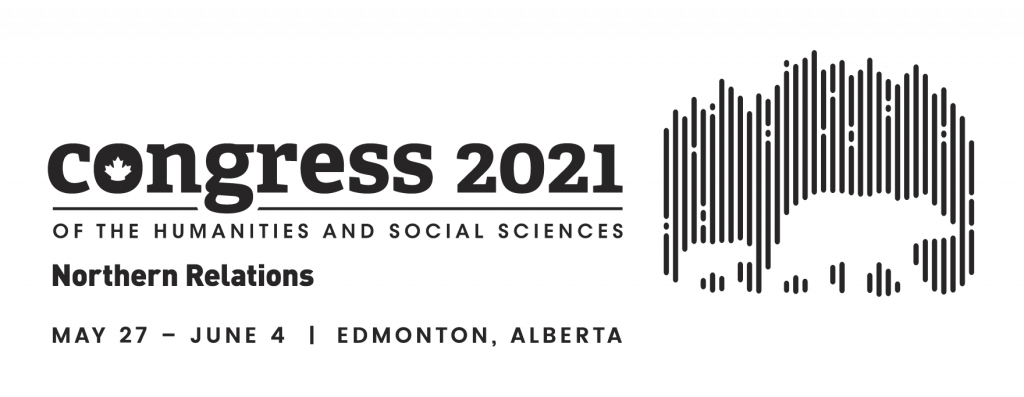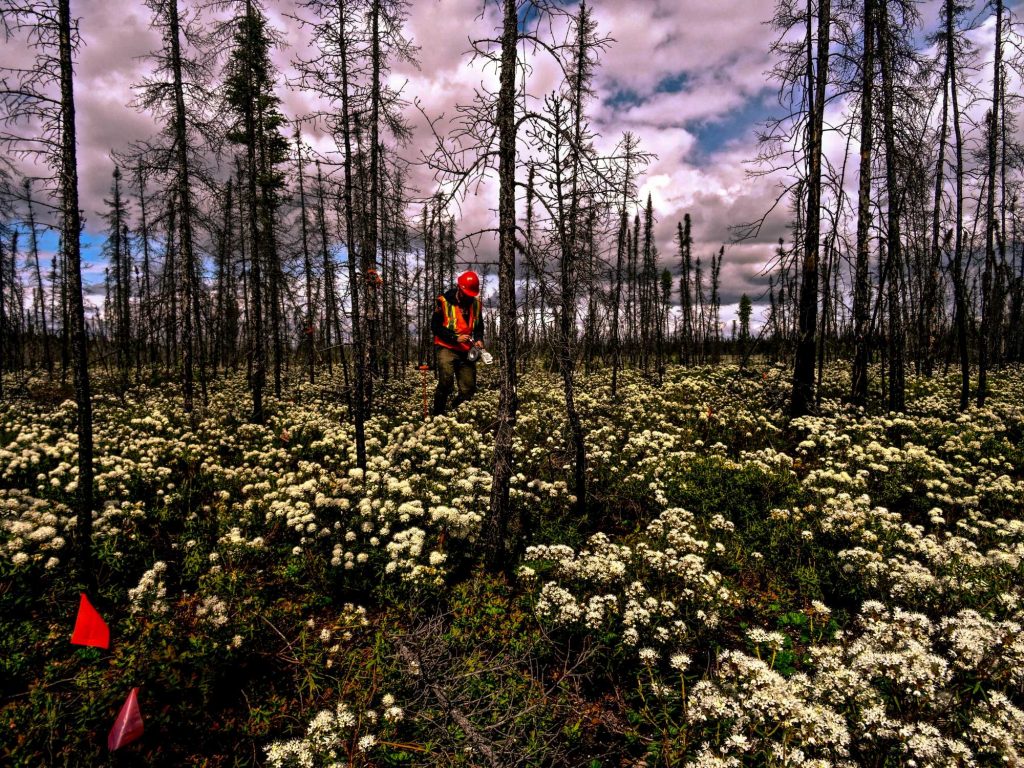Northern Ecosystem Change: Burning & Thawing
Award: Semi-finalist Prize, Images of Research Competition 2017
| Submitted by: | Carolyn Gibson |
| Faculty/Department: | Renewable Resources |
| Place of creation: | Lutose, Alberta |
Each summer as air temperatures rise amongst the midnight sun, permafrost begins to thaw top down. This thawing is short lived though as fall’s cool breath begins to show itself in late August and these soils refreeze as the long winter sets in. Understanding what controls the depth of this top down thaw can tell us about future permafrost stability. In this photo our undergraduate field assistant measures the depth of this seasonally unfrozen permafrost layer within a site that has experienced wildfire. As part of my Master’s thesis I am exploring how wildfire affects permafrost stability within the discontinuous permafrost zone. Ongoing permafrost thaw not only impacts carbon storage capabilities, it also threatens infrastructure stability, vital habitat for subsistence resources, and increases the risk of downstream flooding. My research is the first to propose an estimate of fire accelerated thaw which is crucial as current studies that have suggested rates of permafrost thaw have neglected accelerated thaw due to wildfire, despite the known increases in frequency and extent of wildfire that is projected for the next century. The simple action of pushing a probe into the ground, as depicted in this photo, can tell us so much!


